
Blue screen errors (also known as BSOD) are a common issue for many Windows 10 users. This guide provides several effective solutions to help you quickly restore normal system operation.
1. Shut Down and Disconnect
Use Ctrl + Shift + Esc to open Task Manager, and end any unresponsive programs.
Unplug external devices from your computer, such as USB drives, printers, or external monitors, as some devices or cables can cause system conflicts or instability.
Right-click the Start button and select "Restart", or hold down the power button to force a shutdown and then restart the computer.
2. Update Drivers
Outdated or incompatible drivers are a common cause of blue screen errors in Windows. Updating your graphics driver can effectively prevent such issues. Driver Sentry is recommended for automatic driver updates, saving time and reducing the risk of installing incorrect drivers.
Click the download button to get the latest version of Driver Sentry. After installation, open the software and click "Scan".
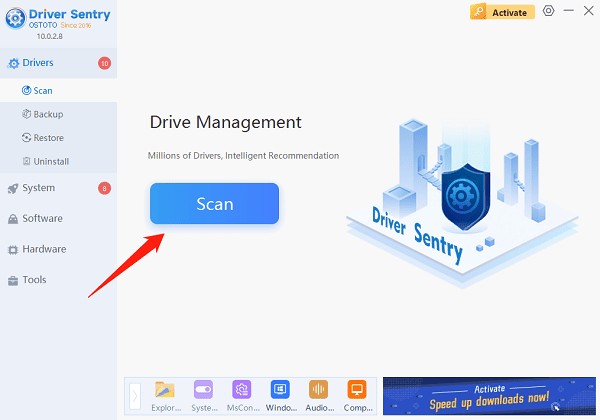
When the scan is complete, you'll see which drivers are missing or outdated. Locate the display driver in the results list and click "Upgrade".
After updating, it's recommended to restart your computer to ensure the new drivers are working properly.
3. Restart in Safe Mode
Press Win + R to open the Run dialog, type "msconfig", and press Enter.
In the "System Configuration" window, go to the "Boot" tab and check the "Safe boot" option.
Select "Minimal" for basic Safe Mode and click "OK".
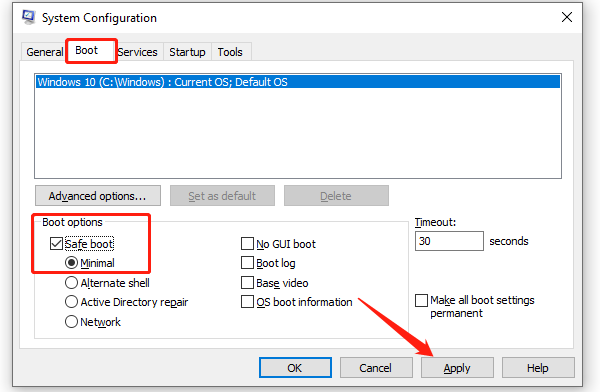
Restart your computer, and when you see the Windows login screen, hold down the Shift key while selecting "Restart" from the power icon.
After the computer restarts, you'll see the "Choose an option" screen. Select "Troubleshoot" > "Advanced options" > "Startup Settings" > "Restart".
After restarting, you'll see a list of options. Press F5 to start in Safe Mode with networking.
In Safe Mode, you can uninstall incompatible software or run antivirus scans.
When done, reopen msconfig to uncheck "Safe boot" for a normal system restart.
4. Run the System File Checker Tool
In the search box, type "Command Prompt", right-click it, and choose "Run as administrator".
In the Command Prompt, type the following command and press Enter: sfc /scannow
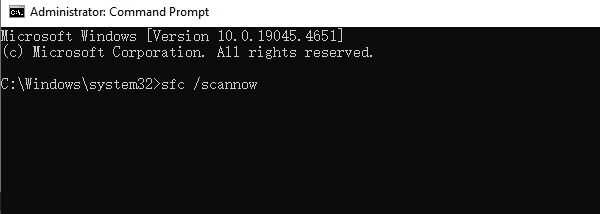
The system will begin scanning and repairing files, which may take several minutes.
Once complete, restart your computer to apply the repairs.
5. Uninstall Recently Installed Software
Go to "Settings" > "Apps" > "Apps & features".
Locate and select any recently installed applications.
Click "Uninstall" and follow the prompts to complete the process.
Restart your computer to see if the issue is resolved.
6. Scan the Hard Drive
Open "This PC", right-click the system drive (usually C:), and select "Properties".
In the "Tools" tab, click "Check" to scan for any errors on the hard drive.
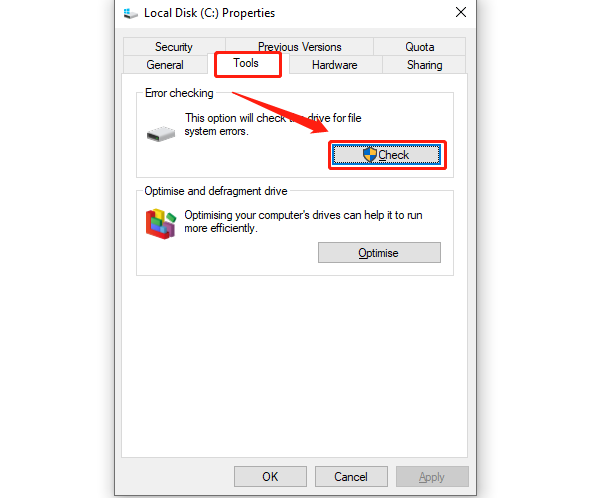
If errors are found, you'll be prompted to repair the drive. Choose "Repair drive" and wait for the process to complete.
Restart your computer to see if the problem has been resolved.
7. Run the Memory Diagnostic Tool
Press Win + R, type "mdsched.exe", and press Enter.
Choose "Restart now and check for problems". Your computer will restart and run the memory diagnostic.
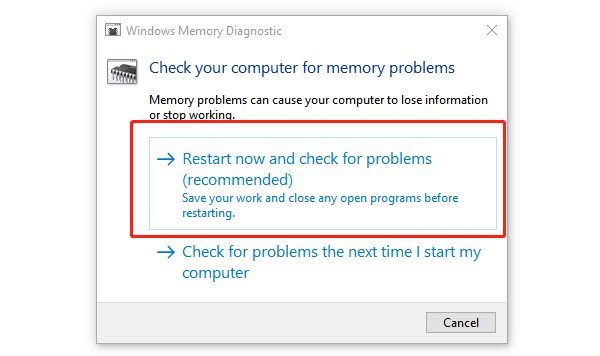
The process will automatically complete, and the results will be displayed. If any memory issues are found, consider replacing or repairing the memory modules.
8. Perform a System Restore
Press Win + S, search for "Recovery", and select "Recovery".
In the Recovery window, select "Open System Restore".
Choose a restore point (preferably one from before the issue began) and click "Next".
Follow the prompts to complete the system restore. Your system will automatically restart and return to the selected restore point.
After the restore, check if the issue has been resolved.
These steps can help troubleshoot and fix Windows issues, restoring normal operation. If problems persist, consider contacting technical support.
See also:
8 Ways to Fix Satisfactory Crashes
How to Fix Windows 10 System Crash